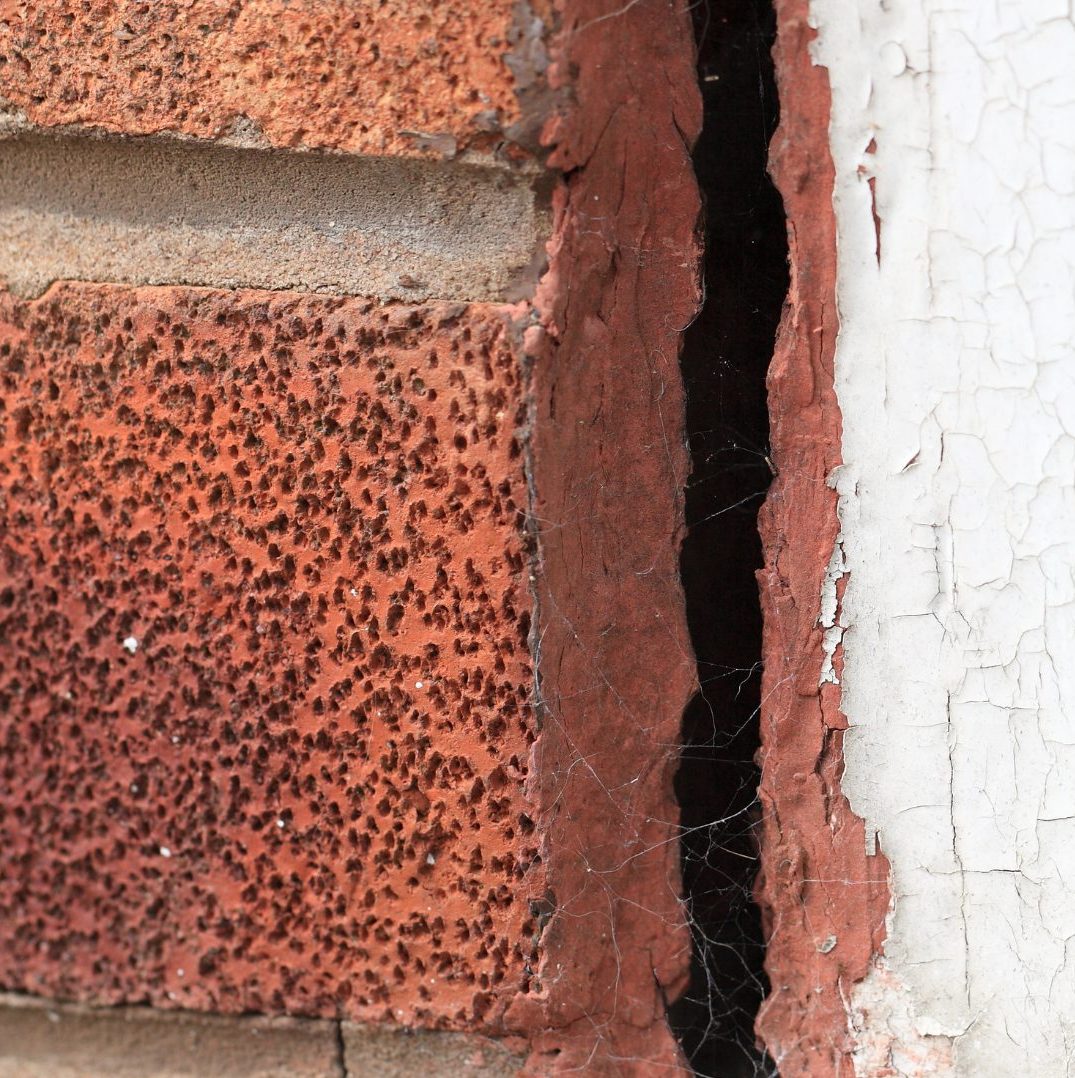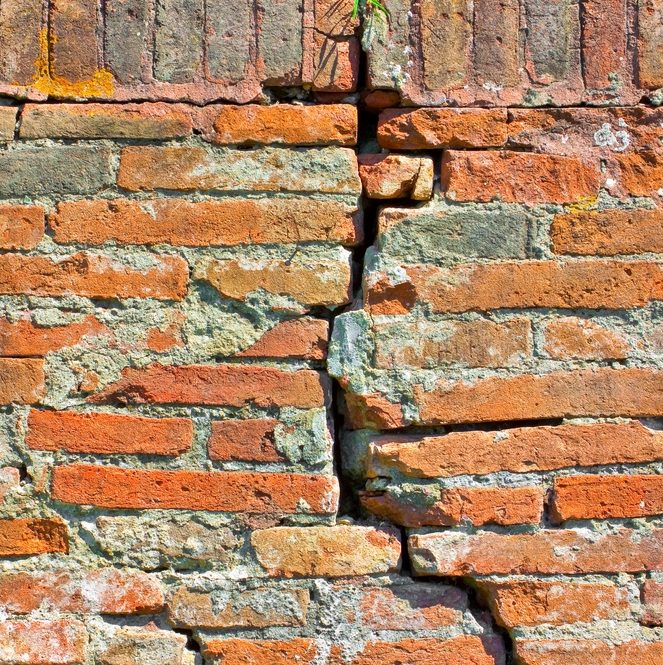
Case study: Why subsidence cover isn’t always included when switching insurers
When Sarah bought her home in 2022, she noticed small cracks in the living room wall. Her insurer confirmed it was subsidence and opened a claim. The repairs were underway, but when her policy came up for renewal two years later, she decided to switch insurers to get a better price.
However, her new policy excluded subsidence cover altogether. Why? Because the original subsidence incident was still classed as ongoing. The new insurer wouldn’t take on the risk of a worsening issue – that responsibility remained with her previous insurer. Had the damage worsened, the claim would still fall under her old policy.

